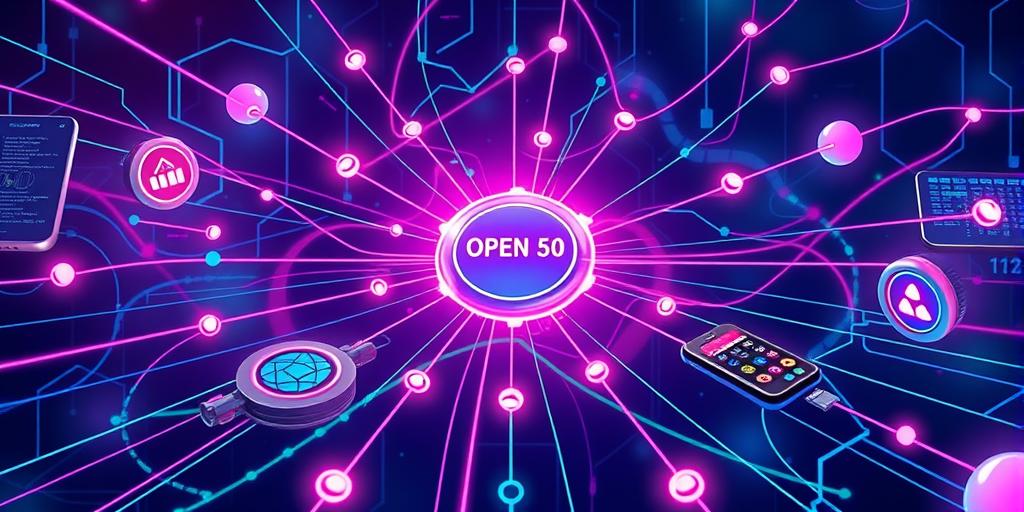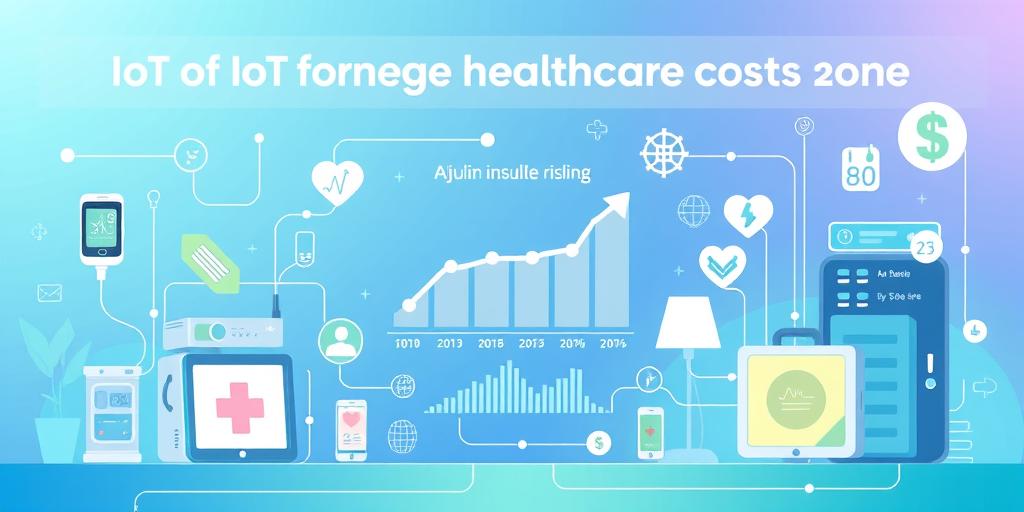Can Artificial Intelligence truly outsmart cybercriminals? It’s a question that keeps cybersecurity experts up at night, and the answer, as you’ll soon discover, is more nuanced than a simple yes or no. We’re on the verge of a technological arms race, where AI is becoming both the ultimate weapon and the ultimate shield against the ever-evolving threats of the digital underworld. Prepare to be amazed as we delve into the fascinating world of AI and cybersecurity!
The Rise of AI in Cybersecurity: A Double-Edged Sword
Artificial intelligence is rapidly transforming the cybersecurity landscape. On one hand, AI algorithms can analyze massive datasets far faster than any human, identifying suspicious patterns and anomalies that might slip past human eyes. This proactive approach allows for the early detection of threats, before they can cause significant damage. Think of AI as a tireless, highly intelligent security guard, constantly monitoring your network for intruders. AI-powered tools are already being used to detect and prevent everything from phishing attacks to malware infections and even complex zero-day exploits.
AI’s Strengths in Cyberdefense
AI excels in several crucial areas of cybersecurity defense. Its ability to learn and adapt makes it incredibly effective against sophisticated attacks. AI algorithms constantly refine their detection capabilities, becoming more robust with every encountered threat. This adaptive capacity is a game-changer in the fight against cybercrime, as it ensures your defenses are always one step ahead of the criminals.
AI’s Limitations in Cyberdefense
However, AI is not a silver bullet. Its effectiveness depends heavily on the quality and quantity of data it’s trained on. If the training data is biased or incomplete, the AI might produce inaccurate results or fail to detect certain types of attacks. Moreover, sophisticated cybercriminals are already exploring ways to circumvent AI-based security systems. They’re employing advanced evasion techniques, like adversarial machine learning, to trick AI into misidentifying malicious activity. AI is a powerful tool, but it’s not foolproof.
AI-Powered Attacks: The Dark Side of Artificial Intelligence
The same AI capabilities used for defense can also be weaponized by cybercriminals. AI can automate attacks at scale, making them faster, more effective, and harder to trace. AI-powered malware can adapt and learn, constantly evading security measures. This represents a significant shift in the landscape of cyber warfare, requiring a more dynamic and adaptive defense strategy.
AI-Driven Phishing Attacks
AI can personalize phishing emails and messages with incredible precision, making them far more likely to fool unsuspecting victims. Imagine an AI that crafts a phishing email specifically tailored to your interests, using your social media data and online activity to create a highly convincing lure. The future of phishing is AI-powered and relentlessly effective.
Automation of Cyberattacks
AI-powered tools can automate many aspects of a cyberattack, such as reconnaissance, vulnerability scanning, and exploitation. This automation increases the speed and efficiency of attacks, making them more devastating and difficult to defend against. The sheer volume of attacks AI can automate makes conventional defense mechanisms increasingly inefficient.
The Future of AI in the Cybersecurity Arms Race
The future of cybersecurity will likely involve an ongoing arms race between AI-powered defenses and AI-powered attacks. As AI-based security systems improve, cybercriminals will develop more sophisticated methods to bypass them. This creates an endless cycle of innovation and adaptation, making cybersecurity an increasingly complex and dynamic field. We need to be prepared for a future where AI is both our biggest ally and our greatest enemy.
The Importance of Human Expertise
Even with the most advanced AI systems, the role of human expertise remains crucial. Human analysts are needed to interpret AI-generated insights, respond to complex situations, and develop new defense strategies. The combination of AI and human intelligence will be essential to combat the evolving threats of the future. AI is a powerful tool, but not a replacement for human expertise.
The Need for Constant Vigilance
The landscape of cybersecurity is constantly shifting, with new threats and vulnerabilities emerging all the time. Staying ahead of the curve requires constant vigilance and a proactive approach to security. Keeping your software updated, implementing robust security measures, and staying informed about the latest threats is critical in the age of AI-driven cybercrime.
This cat-and-mouse game between AI and cybercriminals is far from over. The future will depend on continuous innovation and adaptation, ensuring that our AI-powered defenses remain a step ahead. Are you ready to adapt your own defenses to this new era of AI in cyber security? Let’s discuss how to stay ahead of the curve.
Embrace the future of cybersecurity – contact us today to learn more about AI-powered security solutions and stay ahead of the ever-evolving threat landscape.









